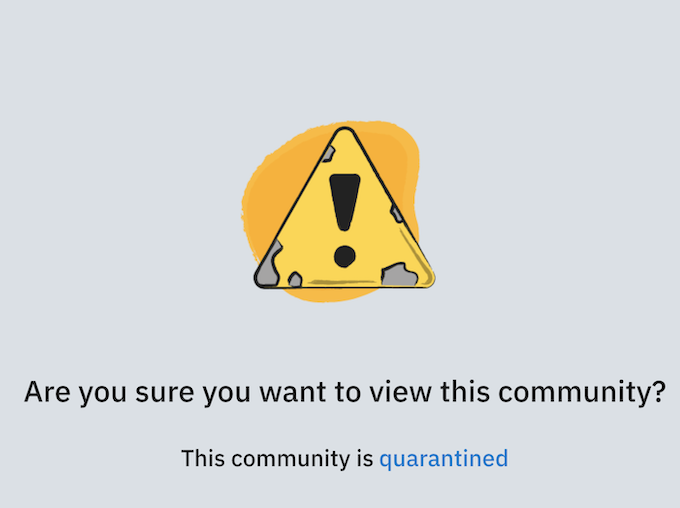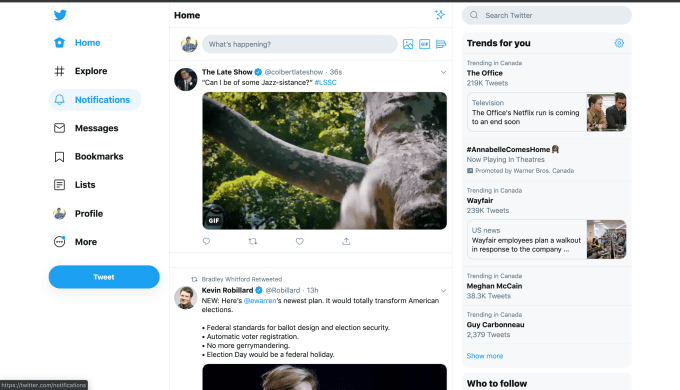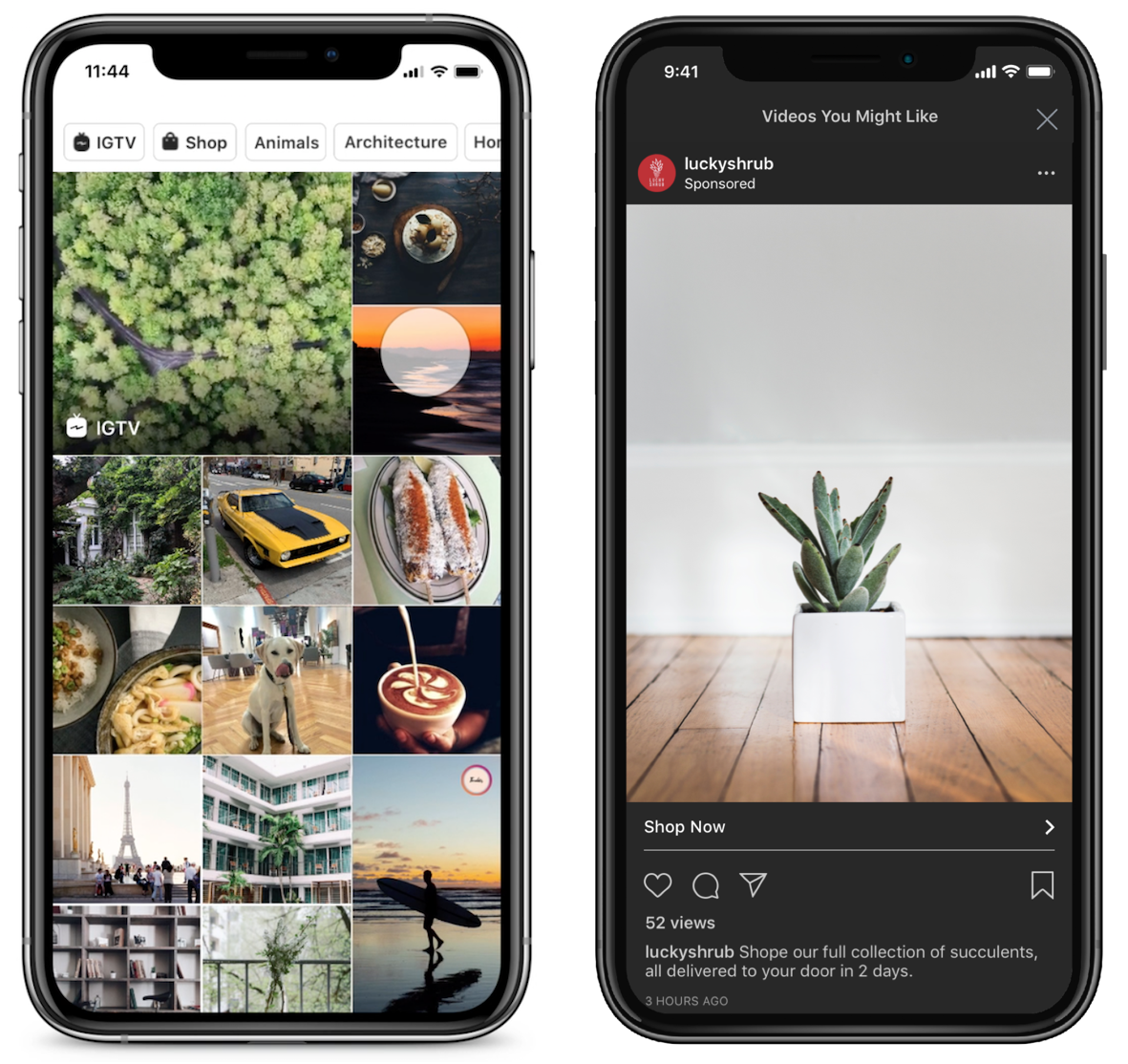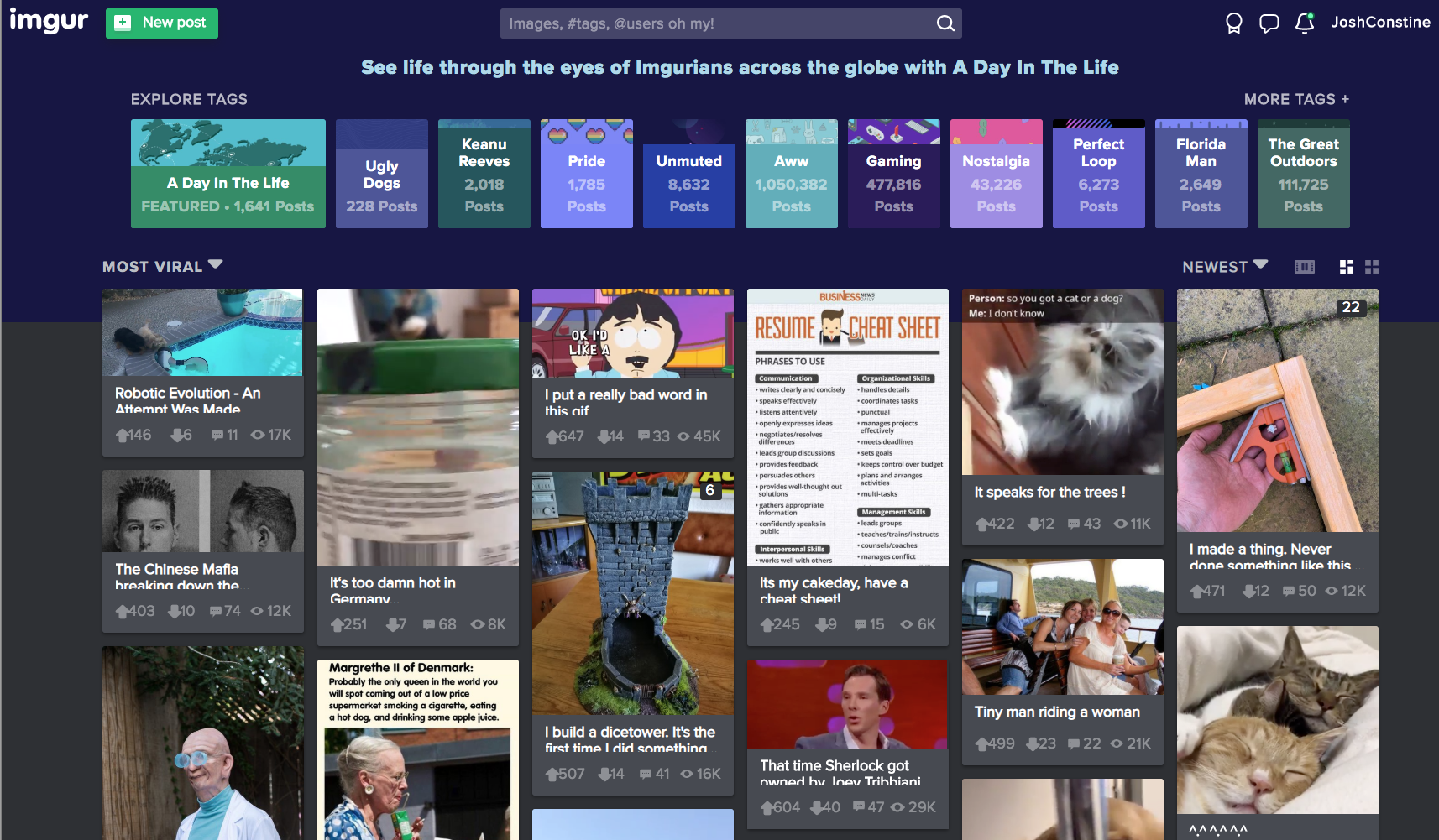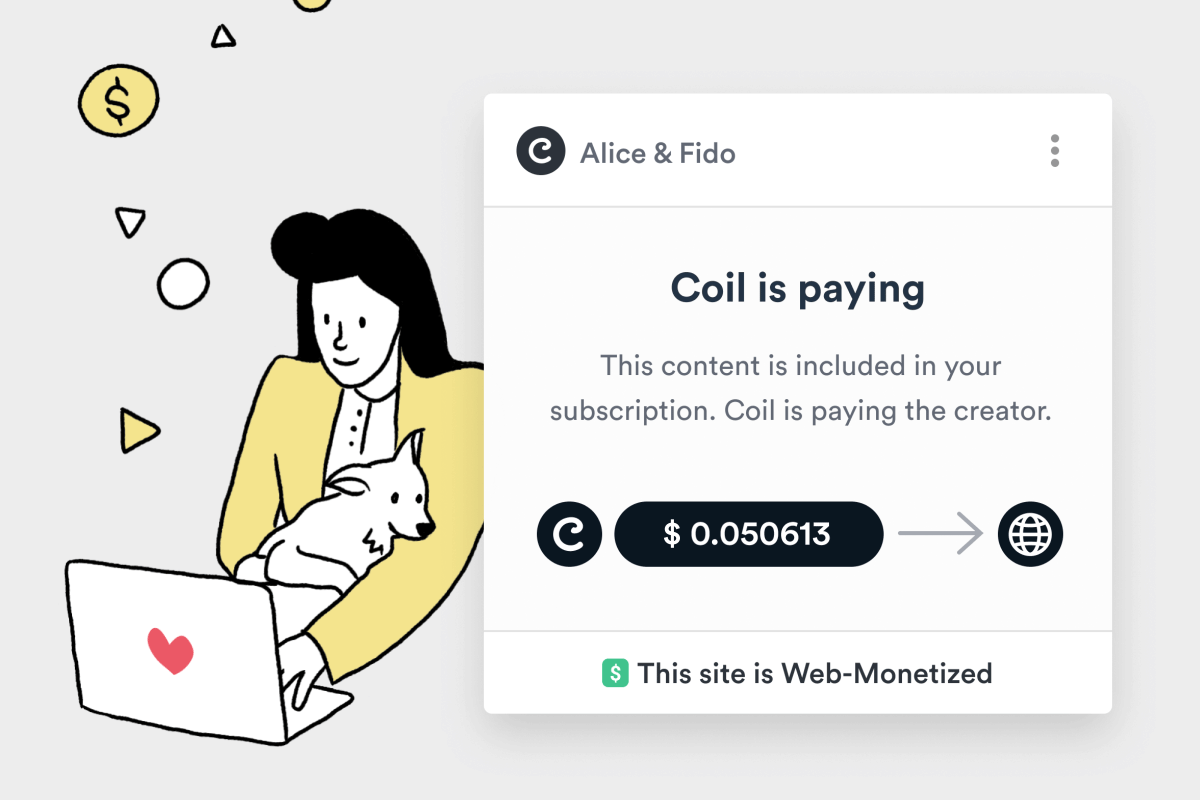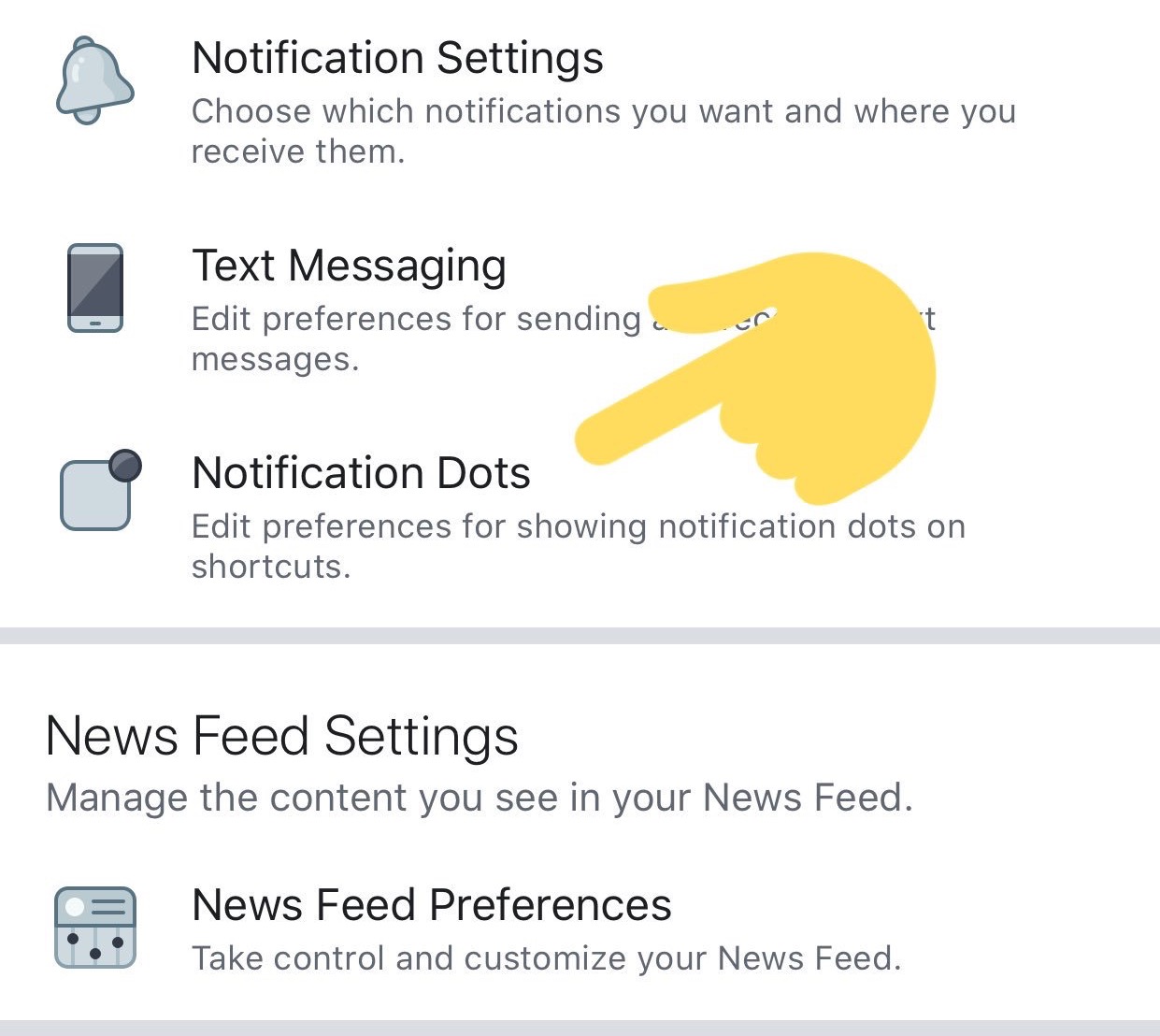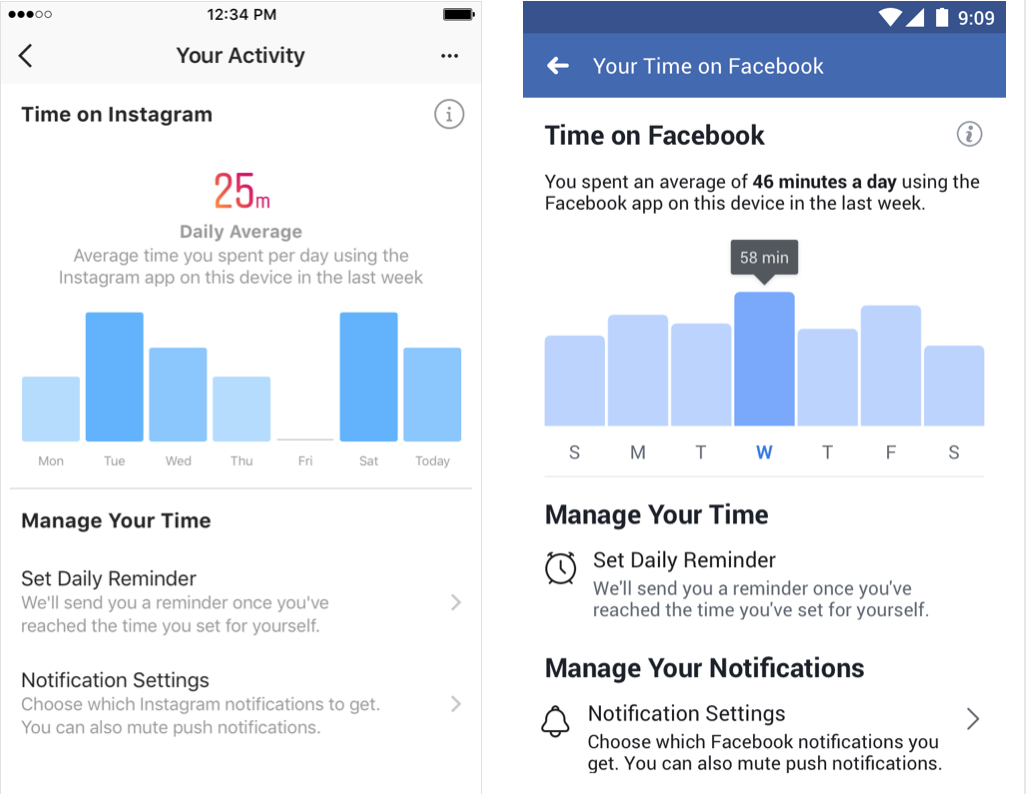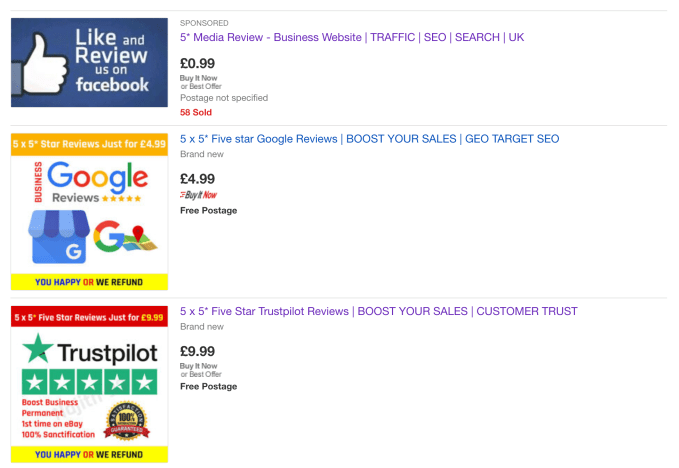Facebook’s head of global spin and policy, former UK deputy prime minister Nick Clegg, will give a speech later today providing more detail of the company’s plan to set up an ‘independent’ external oversight board to which people can appeal content decisions so that Facebook itself is not the sole entity making such decisions.
In the speech in Berlin, Clegg will apparently admit to Facebook having made mistakes. Albeit, it would be pretty awkward if he came on stage claiming Facebook is flawless and humanity needs to take a really long hard look at itself.
“I don’t think it’s in any way conceivable, and I don’t think it’s right, for private companies to set the rules of the road for something which is as profoundly important as how technology serves society,” Clegg told BBC Radio 4’s Today program this morning, discussing his talking points ahead of the speech. “In the end this is not something that big tech companies… can or should do on their own.
“I want to see… companies like Facebook play an increasingly mature role — not shunning regulation but advocating it in a sensible way.”
The idea of creating an oversight board for content moderation and appeals was previously floated by Facebook founder, Mark Zuckerberg. Though it raises way more questions than it resolves — not least how a board whose existence depends on the underlying commercial platform it is supposed to oversee can possibly be independent of that selfsame mothership; or how board appointees will be selected and recompensed; and who will choose the mix of individuals to ensure the board can reflect the full spectrum diversity of humanity that’s now using Facebook’s 2BN+ user global platform?
None of these questions were raised let alone addressed in this morning’s BBC Radio 4 interview with Clegg.
Asked by the interviewer whether Facebook will hand control of “some of these difficult decisions” to an outside body, Clegg said: “Absolutely. That’s exactly what it means. At the end of the day there is something quite uncomfortable about a private company making all these ethical adjudications on whether this bit of content stays up or this bit of content gets taken down.
“And in the really pivotal, difficult issues what we’re going to do — it’s analogous to a court — we’re setting up an independent oversight board where users and indeed Facebook will be able to refer to that board and say well what would you do? Would you take it down or keep it up? And then we will commit, right at the outset, to abide by whatever rulings that board makes.”
Speaking shortly afterwards on the same radio program, Damian Collins, who chairs a UK parliamentary committee that has called for Facebook to be investigated by the UK’s privacy and competition regulators, suggested the company is seeking to use self-serving self-regulation to evade wider responsibility for the problems its platform creates — arguing that what’s really needed are state-set broadcast-style regulations overseen by external bodies with statutory powers.
“They’re trying to pass on the responsibility,” he said of Facebook’s oversight board. “What they’re saying to parliaments and governments is well you make things illegal and we’ll obey your laws but other than that don’t expect us to exercise any judgement about how people use our services.
“We need as level of regulation beyond that as well. Ultimately we need — just as have in broadcasting — statutory regulation based on principles that we set, and an investigatory regulator that’s got the power to go in and investigate, which, under this board that Facebook is going to set up, this will still largely be dependent on Facebook agreeing what data and information it shares, setting the parameters for investigations. Where we need external bodies with statutory powers to be able to do this.”
Clegg’s speech later today is also slated to spin the idea that Facebook is suffering unfairly from a wider “techlash”.
Asked about that during the interview, the Facebook PR seized the opportunity to argue that if Western society imposes too stringent regulations on platforms and their use of personal data there’s a risk of “throw[ing] the baby out with the bathwater”, with Clegg smoothly reaching for the usual big tech talking points — claiming innovation would be “almost impossible” if there’s not enough of a data free for all, and the West risks being dominated by China, rather than friendly US giants.
By that logic we’re in a rights race to the bottom — thanks to the proliferation of technology-enabled global surveillance infrastructure, such as the one operated by Facebook’s business.
Clegg tried to pass all that off as merely ‘communications as usual’, making no reference to the scale of the pervasive personal data capture that Facebook’s business model depends upon, and instead arguing its business should be regulated in the same way society regulates “other forms of communication”. Funnily enough, though, your phone isn’t designed to record what you say the moment you plug it in…
“People plot crimes on telephones, they exchange emails that are designed to hurt people. If you hold up any mirror to humanity you will always see everything that is both beautiful and grotesque about human nature,” Clegg argued, seeking to manage expectations vis-a-vis what regulating Facebook should mean. “Our job — and this is where Facebook has a heavy responsibility and where we have to work in partnership with governments — is to minimize the bad and to maximize the good.”
He also said Facebook supports “new rules of the road” to ensure a “level playing field” for regulations related to privacy; election rules; the boundaries of hate speech vs free speech; and data portability — making a push to flatten regulatory variation which is often, of course, based on societal, cultural and historical differences, as well as reflecting regional democratic priorities.
It’s not at all clear how any of that nuance would or could be factored into Facebook’s preferred universal global ‘moral’ code — which it’s here, via Clegg (a former European politician), leaning on regional governments to accept.
Instead of societies setting the rules they choose for platforms like Facebook, Facebook’s lobbying muscle is being flexed to make the case for a single generalized set of ‘standards’ which won’t overly get in the way of how it monetizes people’s data.
And if we don’t agree to its ‘Western’ style surveillance, the threat is we’ll be at the mercy of even lower Chinese standards…
“You’ve got this battle really for tech dominance between the United States and China,” said Clegg, reheating Zuckerberg’s senate pitch last year when the Facebook founder urged a trade off of privacy rights to allow Western companies to process people’s facial biometrics to not fall behind China. “In China there’s no compunction about how data is used, there’s no worry about privacy legislation, data protection and so on — we should not emulate what the Chinese are doing but we should keep our ability in Europe and North America to innovate and to use data proportionately and innovat[iv]ely.
“Otherwise if we deprive ourselves of that ability I can predict that within a relatively short period of time we will have tech domination from a country with wholly different sets of values to those that are shared in this country and elsewhere.”
What’s rather more likely is the emergence of discrete Internets where regions set their own standards — and indeed we’re already seeing signs of splinternets emerging.
Clegg even briefly brought this up — though it’s not clear why (and he avoided this point entirely) Europeans should fear the emergence of a regional digital ecosystem that bakes respect for human rights into digital technologies.
With European privacy rules also now setting global standards by influencing policy discussions elsewhere — including the US — Facebook’s nightmare is that higher standards than it wants to offer Internet users will become the new Western norm.
Collins made short work of Clegg’s techlash point, pointing out that if Facebook wants to win back users’ and society’s trust it should stop acting like it has everything to hide and actually accept public scrutiny.
“They’ve done this to themselves,” he said. “If they want redemption, if they want to try and wipe the slate clean for Mack Zuckerberg he should open himself up more. He should be prepared to answer more questions publicly about the data that they gather, whether other companies like Cambridge Analytica had access to it, the nature of the problem of disinformation on the platform. Instead they are incredibly defensive, incredibly secretive a lot of the time. And it arouses suspicion.
“I think people were quite surprised to discover the lengths to which people go to to gather data about us — even people who don’t even use Facebook. And that’s what’s made them suspicious. So they have to put their own house in order if they want to end this.”
Last year Collins’ DCMS committee repeatedly asked Zuckerberg to testify to its enquiry into online disinformation — and was repeatedly snubbed…
Collins also debunked an attempt by Clegg to claim there’s no evidence of any Russian meddling on Facebook’s platform targeting the UK’s 2016 EU referendum — pointing out that Facebook previously admitted to a small amount of Russian ad spending that did target the EU referendum, before making the wider point that it’s very difficult for anyone outside Facebook to know how its platform gets used/misused; Ads are just the tip of the political disinformation iceberg.
“It’s very difficult to investigate externally, because the key factors — like the use of tools like groups on Facebook, the use of inauthentic fake accounts boosting Russian content, there have been studies showing that’s still going on and was going on during the [US] parliamentary elections, there’s been no proper audit done during the referendum, and in fact when we first went to Facebook and said there’s evidence of what was going on in America in 2016, did this happen during the referendum as well, they said to us well we won’t look unless you can prove it happened,” he said.
“There’s certainly evidence of suspicious Russian activity during the referendum and elsewhere,” Collins added.
We asked Facebook for Clegg’s talking points for today’s speech but the company declined to share more detail ahead of time.

source
https://techcrunch.com/2019/06/24/facebook-makes-another-push-to-shape-and-define-its-own-oversight/
